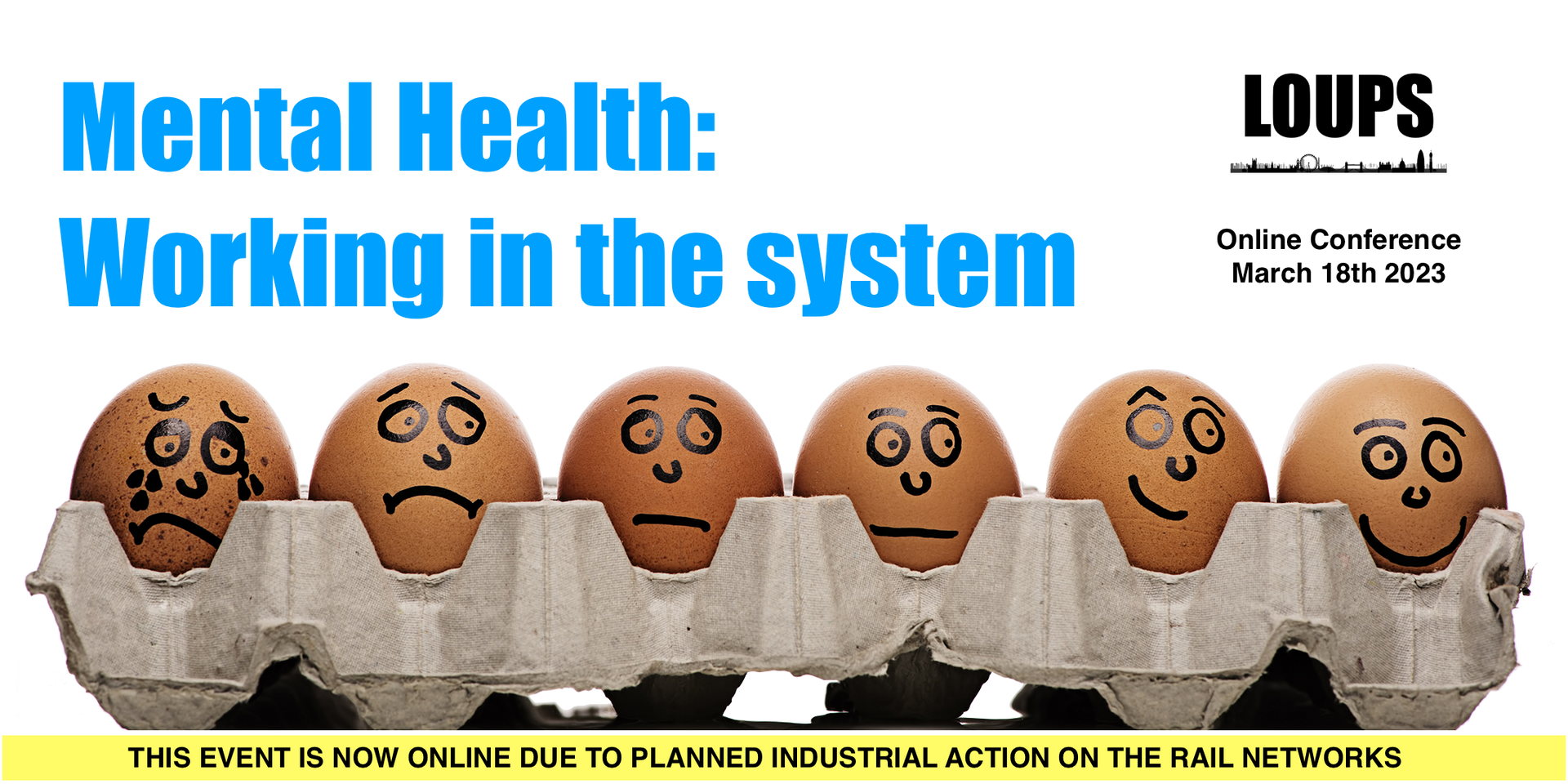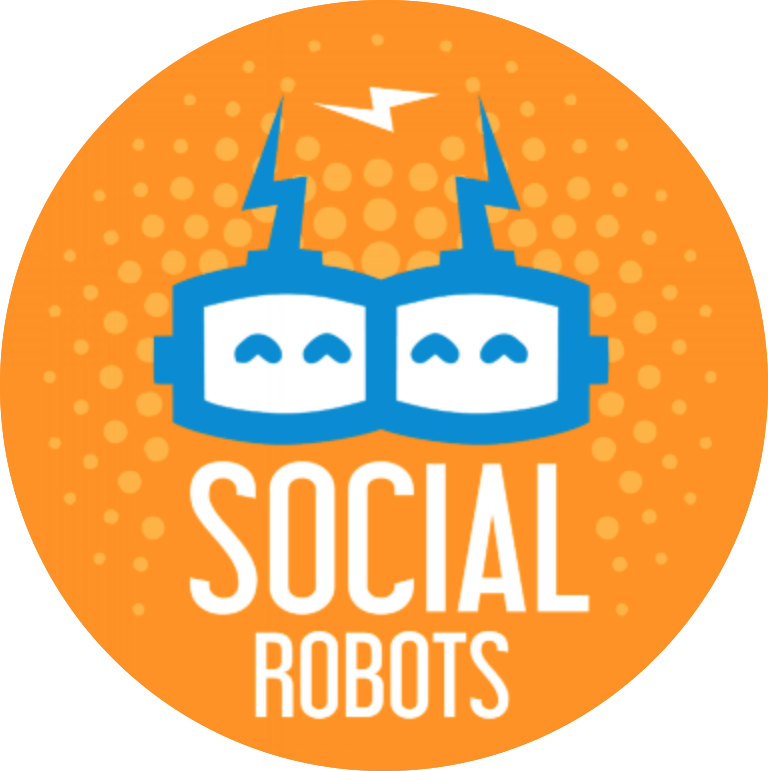Superheroes, Swiss Cheese and Sheepish Men: Where Did It All Go Wrong? A Career In Human Factors.
A talk by Professor Graham Edgar
Witty T-shirt aficionado, Professor Graham Edgar delivered an ingenious lecture about human factors. Human factors seeks to understand human behaviour in order to stop it causing too much damage. Graham talked about his diverse career including his, 'career in toilets'! The lecture touched upon the comedy and catastrophe that is inherent in the human experience, and how each relates to the study of human factors. Human factors encompasses ergonomics, or, the relationship between people and their environment, and cognition. Superheroes, Swiss cheese and a few sheepish men demonstrated different elements of working with human factors, as well as the use of nudge theory to create positive outcomes.
Superheroes often have endless access to an abundance of novel, sometimes ridiculous devices to help them, such as 1960s Batman's shark repellent spray and noughties Iron Man's extensive visor display. Batman's spray was part of a set to repel different oceanic animals however, the canisters were identical but for the animal name. Iron Man is a technological marvel [*winks], who has allowed himself access to reams of data to inform his active decision making. The link to human factors of these two different devices is the risk of errors as represented by an overload of information. Batman could potentially select the wrong spray as they all look the same and Iron Man could miss something important or, suffer from a cognitive overload when trying to assimilate the information from the visor, the demands of the task and the stresses of the environment. Poor design and too many distractions can impair decision making, especially if there are a lack of barriers to protect against errors.
Reason's Swiss cheese model is a useful way of conceptualising weaknesses leading to failure. If a system is characterised as a small stack of Swiss cheese slices, the irregularly spaced holes represent vulnerabilities within the system. If the holes line up in the stack, then the protective barrier is compromised thus allowing errors to propagate through the system. Graham used the examples of Colombini and Flight ET302. Colombini was killed in a freak accident during an MRI. A chain of events, or holes in the slices, such as, an unchanged oxygen canister, lack of microphone in the MRI suite, proximal steel canisters and open access led to the death. The active error was the nurse taking a steel oxygen canister into the MRI suite but the other human factors contributed to the incident and ultimately led to changes being implemented. Flight ET302 was the second fatal crash involving the then-new Boeing 737 Max aircraft, both of which have been attributed to a flaw in the MCAS computer system. Graham stated that researching human factors involves analysing incidents without hindsight, but also providing hindsight in advance. For example, the circumstances of the Colombini accident seem extraordinary to new eyes, but it later emerged that there were steel fire extinguishers in the MRI suite prior to the incident, so it can be difficult to recognise issues. The pilots of ET302 have been blamed by some, but as Graham explained, the circumstances of the disaster were that they simply did not have enough time before catastrophe. Hindsight is always 20/20. Graham referenced that it is the human aspect in human factors which makes it so challenging. After all, humans can do bewildering things.
Penile injuries from vacuum cleaners is a headline from a short article in a 1980 British Medical Journal demonstrating the challenges represented in the field of human factors. The tagline from the advertising campaign, "you'll be happier with a Hoover", takes an interesting turn. The reasons given for the aforementioned injuries include nakedly changing a plug and vacuuming in a loose robe. In hindsight, perhaps there should be a warning about nakedly performing vacuum maintenance, semi-naked vacuuming, or placing body parts near the vacuum whilst it is operating. However, as Graham mentioned, any system where there is human interaction will have human factors: so working in human factors is a job for life and a job for life, in the avoidance of accidents. Sometimes people need explicit warnings. Other times, a nudge will suffice.
Graham talked about the application of nudge theory with human factors. Nudge theory generates positive behaviour change by reducing the effort needed to meet the desired task. The Schipol toilet fly is an etching in urinals which provides a target to aim for, thus increasing accuracy. Similarly, Graham mentioned the LavNav, which prevents the need for the bathroom light overnight as lifting the toilet lid triggers a light sufficient enough to see, as well as projecting a target should the seat be lifted. These nudges have been found to be effective but potentially for limited time only. Graham suggested an advancement of the fly/LavNav devices through the use of an app to project a detested thing which the user can alter as the mood strikes: a different target each time instead of the fly or target which loses potency and therefore impact, [remember this was Graham's idea, app developers, although I submit the name, Piss Off!]. These examples demonstrate the practical applications of human factors and one of the myriad uses of a psychology degree.
A career in human factors can be incredibly diverse. The lecture concluded with a question and answer session where Graham gave honest answers to the various questions asked, such as degree subjects. The human of human factors means that a psychology degree is valuable as it is necessary to have an understanding of human behaviour. Engineering backgrounds are also useful. In the UK, more information can be found out about a career in human factors on the website https://www.ergonomics.org.uk//, including information on specific sectors such as defence, healthcare and energy. There were questions about earning potential, T-shirts and whether Graham has lost faith in humanity. Salaries will vary, such is life. Graham was wearing a 'pandamonium' shirt: apt. As for humanity? Graham has not lost his optimism or curiosity and said that he finds human factors fascinating.
Human factors is a diverse field in psychology which captures a range of human experiences: from the catastrophic to the comedic. Drawing upon superhero gadgetry, Graham talked about design issues which can increase the likelihood of errors, such as identical packaging and an overwhelming amount of information. The Swiss cheese model of how errors can spread through a system was applied to two very different catastrophes: a medical death and fatal aircraft disasters. These catastrophes demonstrated the issue of hindsight in human factors whereby it is necessary to look at incidents without hindsight but simultaneously be able to provide hindsight before an event. Sheepish men having to awkwardly account for their vacuum related penile injury illuminated the job for life and job for life aspect of human factors. The Schipol fly and LavNav were used as examples of nudge theory in human factors whereby people can be nudged toward positive behaviour change by altering the parameters of the target activity, such as, aiming at a fly to increase accuracy. Finally, Graham talked about the diversity of his career and addressed questions about a career in human factors, including the value of a psychology degree. Where did it all go wrong? A career in human factors, was an excellent lecture which encompassed the tragedy and absurdity of life and provided insight into one of the many fields to which a psychology degree can lead.
Thank you to Graham for a thrilling lecture and to all at OUPS for another brilliant event.










